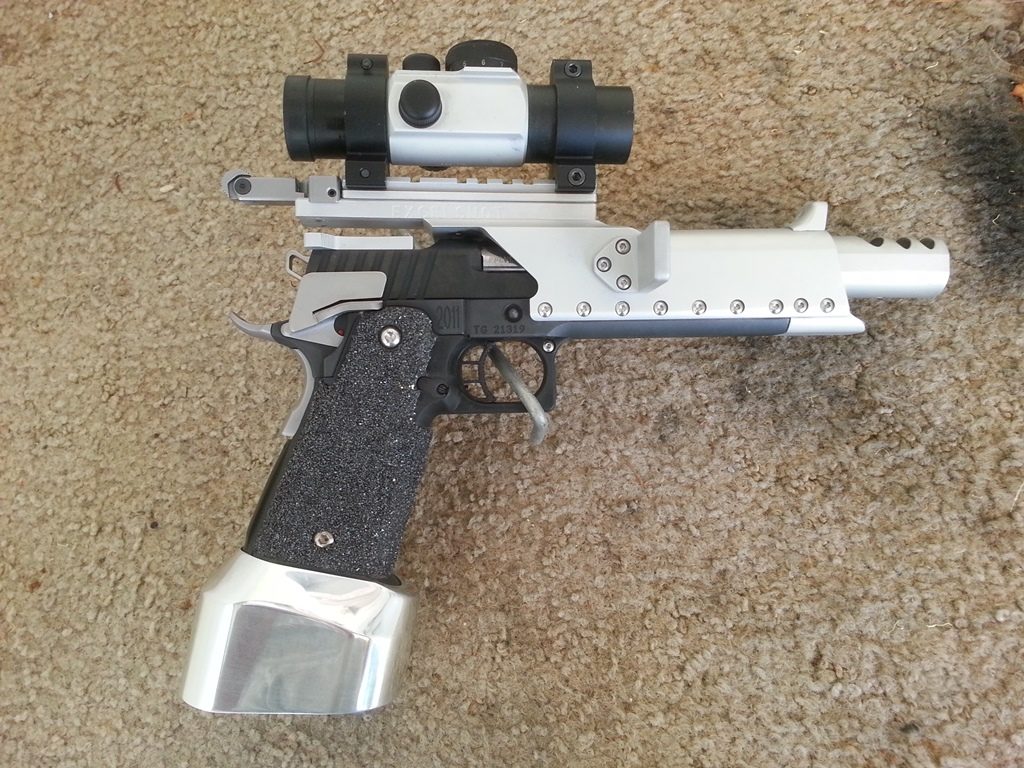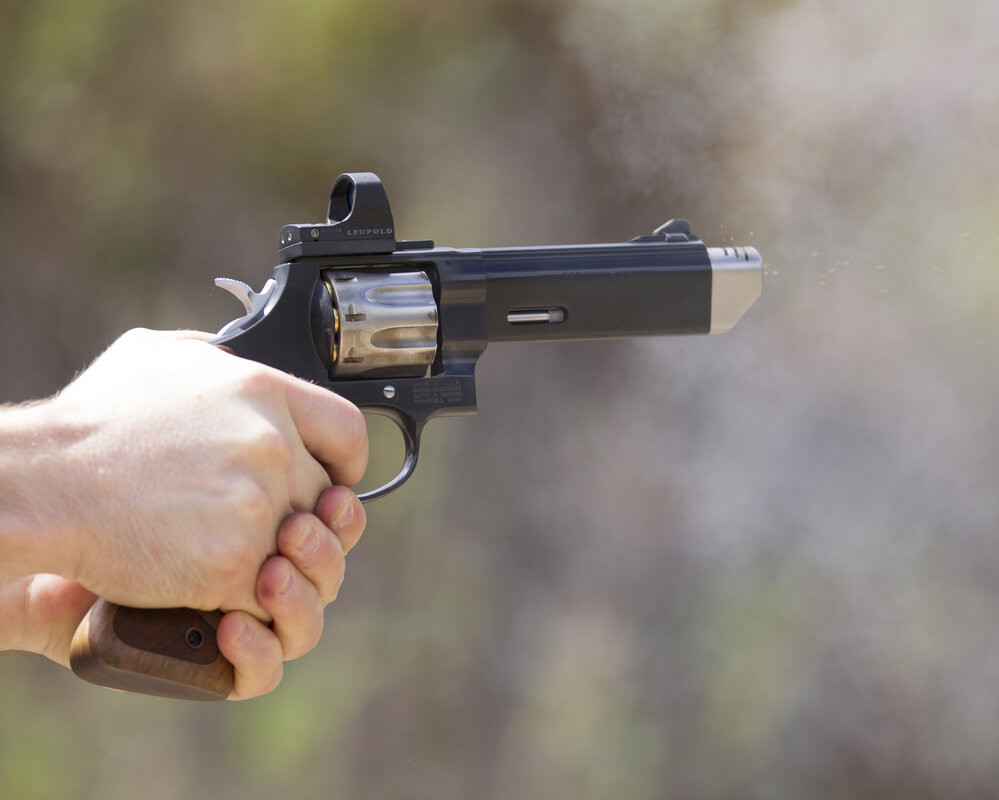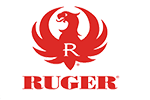
What’s Action Match All About?
While international rules dictate that the firearm’s caliber must be at least 9mm, due to Australia’s handgun regulations, Action Match competitors can use either a .38 Super or 9mm Parabellum self-loading pistol or a .38 Special/.357 Magnum revolver. The discipline includes four firearm classes and four main courses of fire, with each course having its own time, distance and scoring conditions. Action Match also has a subdiscipline called Steel Challenge, which caters to both rimfire and centerfire handgun events.

Prerequisites
Those considering entering Action Match need to be aware of some basic prerequisites. The process to obtain a firearm licence to possess and use handguns for legitimate sporting purposes requires a focused sense of purpose. Joining Gold Coast Pistol Club, fulfilling the probation attendance requirements, satisfying your state or territory’s judicial requirements for the issue of a firearms licence, undertaking both a personal obligation and legal requirement for adequate security of your handgun, and meeting the GCPC attendance regime are all steps which must be overcome before you even think about the self-discipline required to develop your skills within Action Match. The club will assist you in understanding the process involved and achieving your desired outcome.










